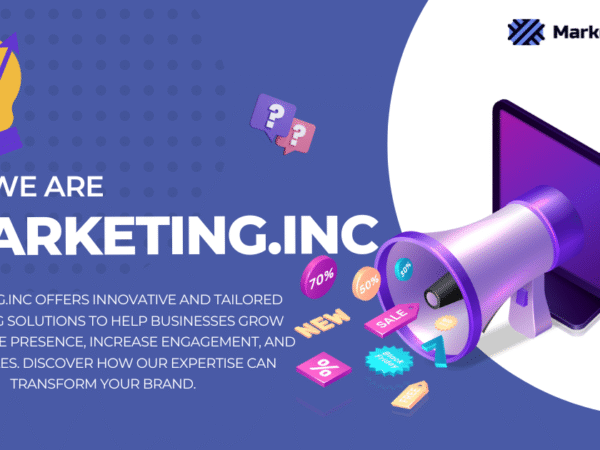In order to achieve success, every startup must go through the MVP development phase.
In order to achieve success, every startup must go through the MVP development phase. This is a time when you focus on creating a product that is minimal viable, and then test it out in the real world. Once you have validated your idea and gathered feedback from customers, it’s time to start scaling your company. In this blog post, we will discuss how to take your business to the next level and achieve growth beyond the MVP phase!
When founders begin the process of developing their MVP, they do so based on an idea they have, and that idea is (generally) based on a feeling they have or an experience they have encountered personally, where they felt something could be done better if only a certain thing was in place. Based on that belief, they begin the development process based on their idea for how the product should be developed and what they believe will be something the customer wants. Rarely do founders at this stage do the research necessary to understand their market or assess what their target customer profile looks like in that market, what their target customer’s consumption patterns are, etc. This is actually the first mistake and often begins the long, arduous, stressful journey towards failure.
It doesn’t really matter how much money a company raises from VC firms and/or angel investors. If you can’t gain product traction, you can’t generate revenue and if you can’t generate revenue, in time, you fail. It’s that simple. So, what are the keys to scaling a company beyond MVP? Let me tell you what I’ve learned:
Build the company backward
In order to achieve the level of growth that will take your company beyond the MVP development phase, you need to start by building the company backward. That means starting with your long-term vision and working backward to determine what needs to be done in the present. This may seem like a counterintuitive approach, but it’s actually essential for ensuring that your MVP is built with scalability in mind. Once you have a clear understanding of where you want your company to be in the future, you can begin mapping out a plan for how to get there. This plan should include both near-term and long-term goals, as well as specific milestones that need to be met along the way. By taking this approach, you can avoid making common mistakes that can hinder your company’s growth.
Use your customers to achieve product-market fit
The first step is to assess whether your company is ready to scale. There are three key indicators that will help you make this determination: product-market fit, customer acquisition costs and churn rate.
If you have achieved product-market fit, it means that your target market segments find value in what you’re offering and are willing to pay for it. To determine if you have achieved product-market fit, ask yourself these questions:
– Is there a large enough market for my product or service?
– Do I have a repeatable and efficient way to acquire customers?
– Do my customers stick around (low churn)?
– Are we generating enough revenue to cover our costs?
Product-market fit is a dynamic process. As your company grows and scales, new customer profiles will come for the baseline product offering that you have available at time they purchase; it’s important then to build consensus with them on what developments should be made based off this information in order to maintain customer satisfaction over long periods of usage.
Gain as much customer data as you can
One of the most important things you can do when scaling an early-stage company is to gain as much customer data as you can. This data will be essential in helping you understand what your customers want and need, and how they use your product. To get this data, you’ll need to have a system in place to track it. This could be something as simple as setting up Google Analytics or Mix panel on your website or using a more sophisticated CRM system. Whichever method you choose, make sure you’re collecting data from every customer interaction.
This data will be invaluable in helping you make decisions about what features to build, how to market your product, and where to focus your efforts. Without it, you’ll be flying blind and it will be very difficult to scale effectively. So make sure you’re collecting data from day one, and use it to guide your decision-making as you scale. Another important thing to keep in mind when scaling an early-stage company is that not all growth is good growth. It’s important to focus on quality over quantity, and on building a sustainable business rather than just chasing numbers.
To do this, you need to have a clear understanding of your business model and what drives profitability. Once you know this, you can focus on growing the right way, rather than just growing for the sake of it. If you keep these things in mind, you’ll be well on your way to successfully scaling your early-stage company. Just remember to stay focused, and to use data to guide your decisions. With a little hard work and dedication, you can take your business to new heights! Another important thing to consider when scaling an early-stage company is your customer acquisition strategy. How are you going to attract new customers and get them interested in your product? This is something you need to think about from day one, as it will be crucial to your success as you scale.
When it comes to scaling your company, the best advice that I can give is this: follow these three simple steps. A failure in any one of these areas will drastically increase odds against success for both you and your product; but if executed strategically with intention at every stage from idea inception all way through launch & maintenance cycles then there's no reason why anyone should ever face bankruptcy because they tried too hard or believed their own hype about how great everything was going to be!
Some links which may help you further A Step-by-Step Guide to Build a Minimum Viable Product (MVP), MVP to IPO–How to scale your business? , When MVP is done – what’s next? Scale up!, 6 Effective Tips To Scale Product From MVP, From idea to fully fledged product: All MVP stages, IMPORTANT TIPS FOR CREATING A ROADMAP FOR YOUR MVP, HOW TOCHOOSE THE BEST MVP DEVELOPMENT COMPANY FOR YOUR PROJECT IN 2022, The Ultimate Guide on How to Plan and Launch an MVP,
Minimum viable product: Definition, strategies, and examples, Build Your MVP the Right Way: 5 Common Mistakes to Avoid (And How to Fix Them)








